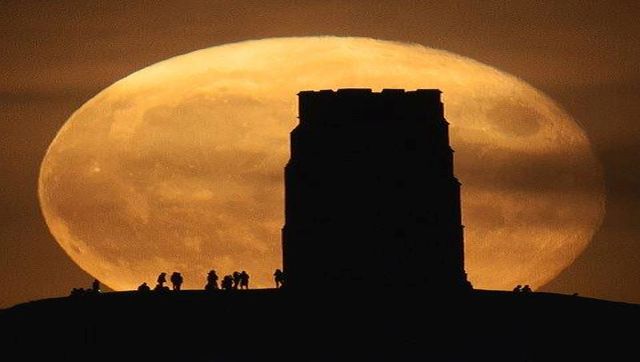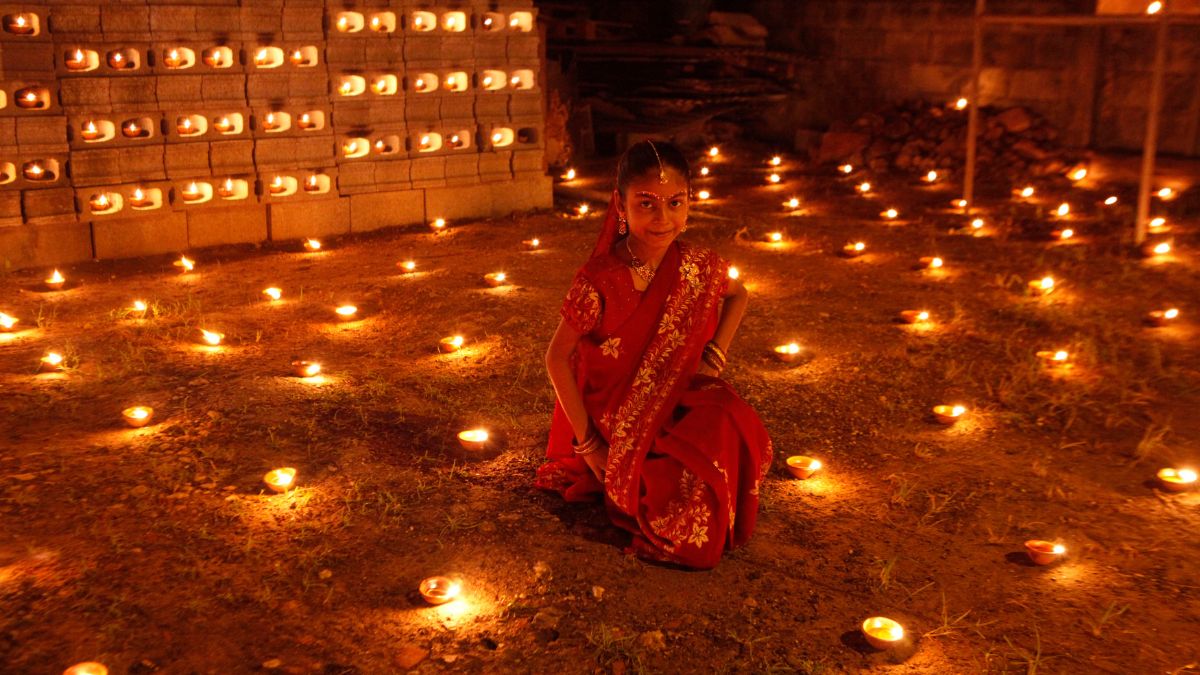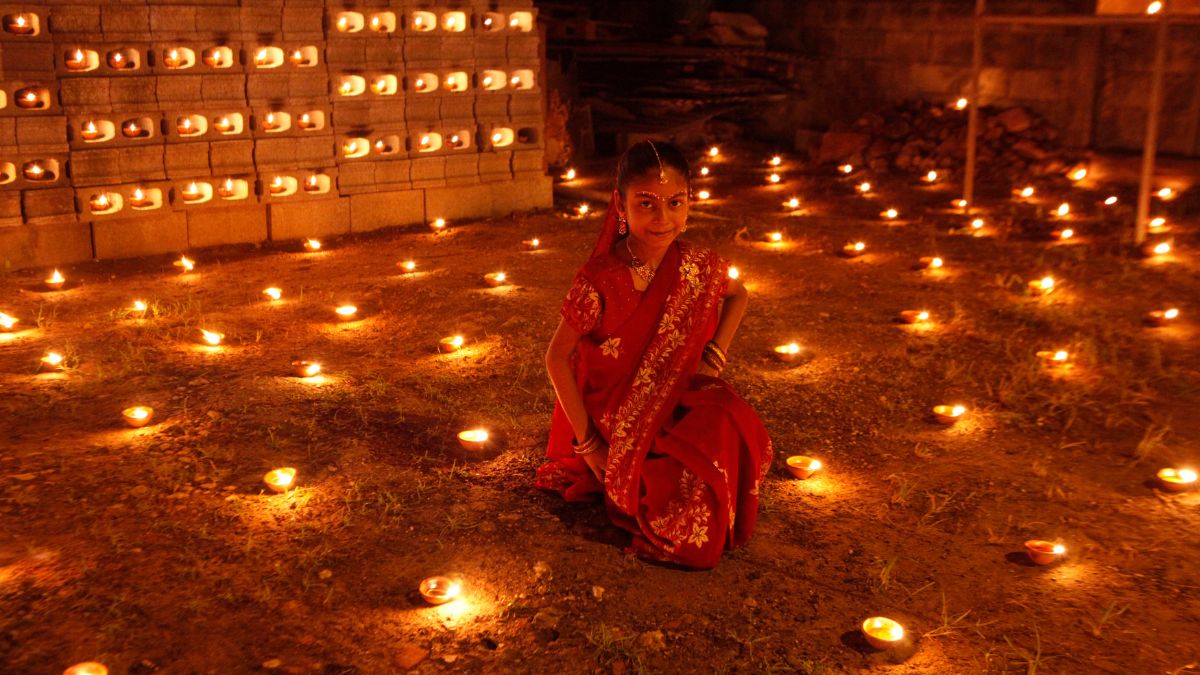Oh My Stars! The amazing views of the sky, courtesy Astronomy Photographer of the Year awards
The next 14 images of supermoons, comets, and nebulas are out of this world! They are some of the winning and shortlisted entries for this year’s Astronomy Photographer of the Year competition, organised by the Royal Observatory in London
)
Back to the Spaceship: Built between 1974 and 1981, this spaceship-like structure was designed by Georgi Stoilov and involved the removal of more than 15,000 cubic metres of rock from the peak of Buzludzha, reducing the mountain’s height by nine metres. Although the building is now closed to the public, its space-age silhouette is the perfect complement for dramatic images of the night sky. Image Courtesy: Mihail Minkov
)
The Eye of God: This ultra-deep exposure of the ‘Eye of God’, also known as the Helix nebula, reveals the glorious colours of the core and rarely seen surrounding details. The core appears in purple and cyan, creating an ethereal, dreamy feeling. The stunning orange, red and yellow outer region shows the power of the cosmos – all the matter is moving, colliding and tumbling. Image Courtesy: Weitang Liang
)
Equinox Moon and Glastonbury Tor: A single exposure captures people enjoying the full Harvest Moon rising behind Glastonbury Tor in the United Kingdom in September 2021. Image Courtesy: Hannah Rochford
)
The Centre of the Heart Nebula: IC 1805 is an area of vast amounts of ionized gas and interstellar dust. The strong stellar wind of the hot stars born here blows the surrounding material outwards, creating a cave-like hollow shape in the parent gas cloud. Image Courtesy: Péter Feltóti
)
Disconnection Event: Comet Leonard was discovered by GJ Leonard on 3 January 2021. It made its closest pass on 12 December 2021 and, having left the solar system, won’t be seen from Earth again. On 25 December 2021, a dramatic tail disconnection event happened. A piece of the comet’s tail was pinched off and carried away by the solar wind. Image Courtesy: Gerald Rhemann
)
A Giant in the Sun’s Limb: A gigantic solar prominence appears over the chromosphere (the Sun’s lower atmosphere) of the limb (the apparent edge of the Sun). This giant was visible for two days in February 2022 and then erupted, throwing a Coronal Mass Ejection (CME) into space. Image Courtesy: Miguel Claro
)
The Milky Way bridge across big snowy mountains: The Milky Way rises above the Minya Konka Mountain, the highest peak in Sichuan China, in the early hours of the morning on 21 February 2021. Image Courtesy: Lun Deng
)
Andromeda Galaxy, The Neighbour: The Andromeda Galaxy, or Messier 31 (M31), is one of the closest and largest neighbours of the Milky Way. M31 is also the most distant object the human eye can see. When you look at it with the naked eye it’s like a fog, but through the telescope it shows its magnificence. Yang Hanwen provided the original picture of M31. Image Courtesy: Yang Hanwen, Zhou Zezhen
)
Shadow Profile of Plato’s East Rim: Once a month the Sun rises over the giant lunar crater Plato and casts huge shadows from its east rim across its lava-filled floor. Occasionally this event coincides with a night of good seeing. The night of 20 April 2021 was one such rare night – with steady skies and the Moon high overhead, the dark, projected rim-profile was visible in exquisite detail. Image Courtesy: Martin Lewis
)
In the Embrace of a Green Lady: The northern lights are one of the most interesting natural phenomena. Although they are usually shot in the winter months, this photograph was taken during the late spring. It shows the dancing aurora borealis, reflected in a little frozen lake above the Eystrahorn mountain. Image Courtesy: Filip Hrebenda
)
The Night Highway: On a clear night, Hrebenda was able to catch a rare photograph of the Milky Way and an aurora in a single image. They appear over the famous Vestrahorn mountains in Iceland. Image Courtesy: Filip Hrebenda
)
Moon: Big Mosaic: This is a 32-panel mosaic of the crescent Moon. In this image you can see the most famous craters, rims, mountains, domes and seas of this lunar phase. Image Courtesy: Andrea Vanoni
)
Stabbing Into the Stars: Namcha Barwa is the most beautiful snow-capped mountain in China. The name of the mountain in Tibetan means ‘spear thrusting into the sky’. This untouched land is also home to the purest of starry skies, the trails of which weave a wide net even on Full Moon days. Namcha Barwa, like a spear, pierces this net. Image Courtesy: Zihui Hu
)
What a Flaming Star! The Flaming Star Nebula (IC 405, SH 2-229 or Caldwell 31) is an emission and reflection nebula in the constellation Auriga. It lies about 1,500 light years from Earth and is about five light years across. Image Courtesy: Martin Cohen


)
)
)
)
)
)
)
)



